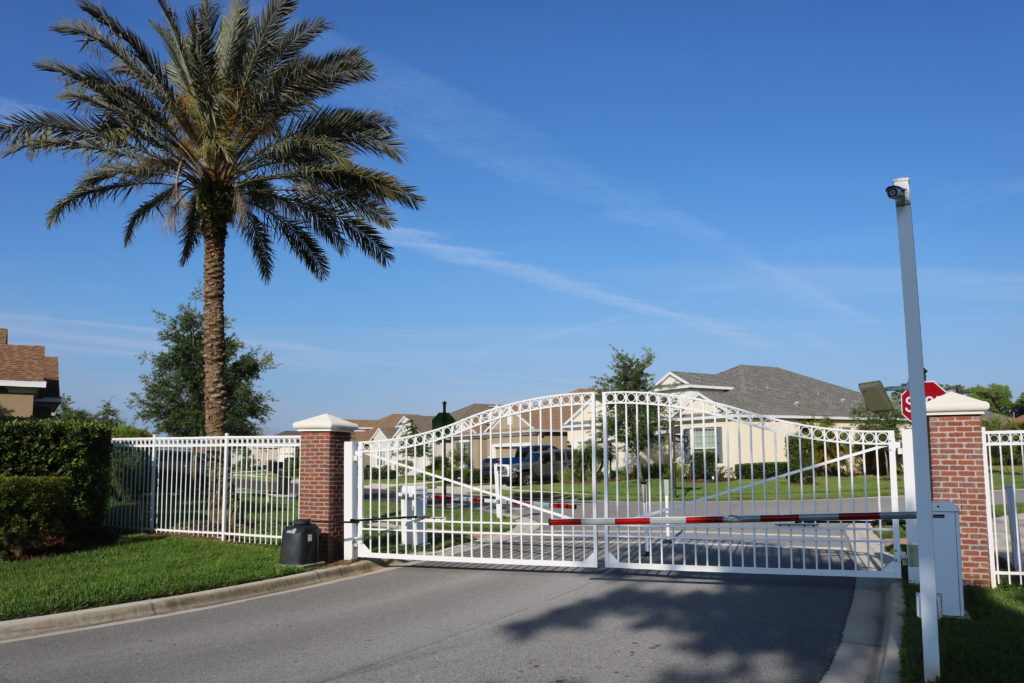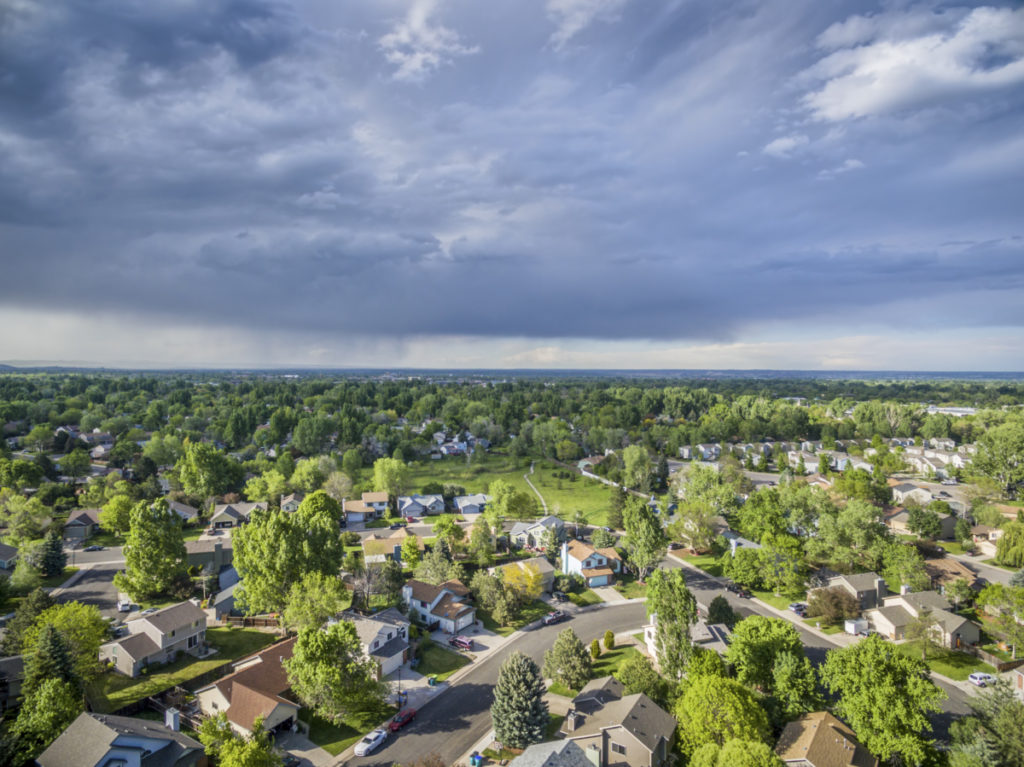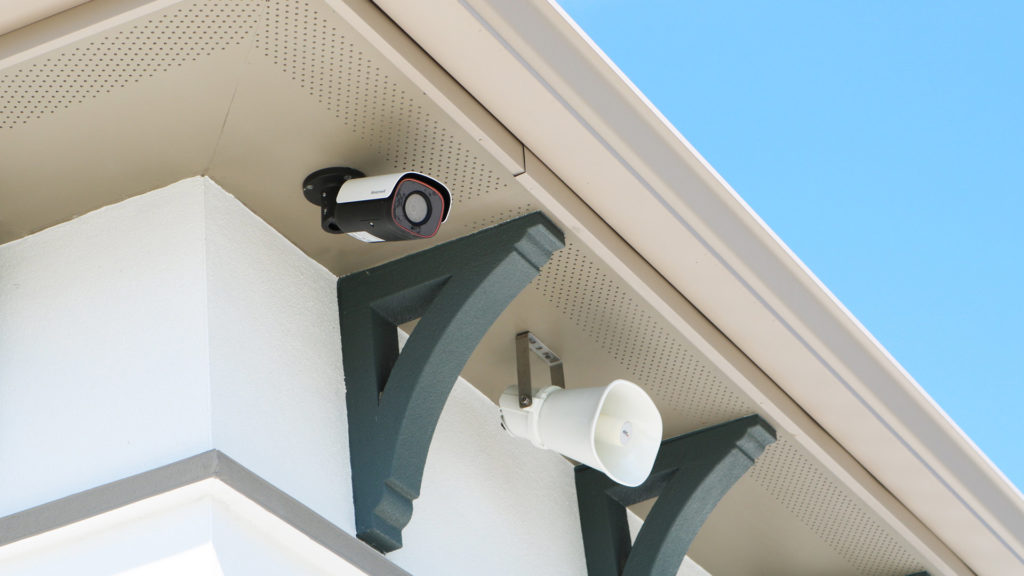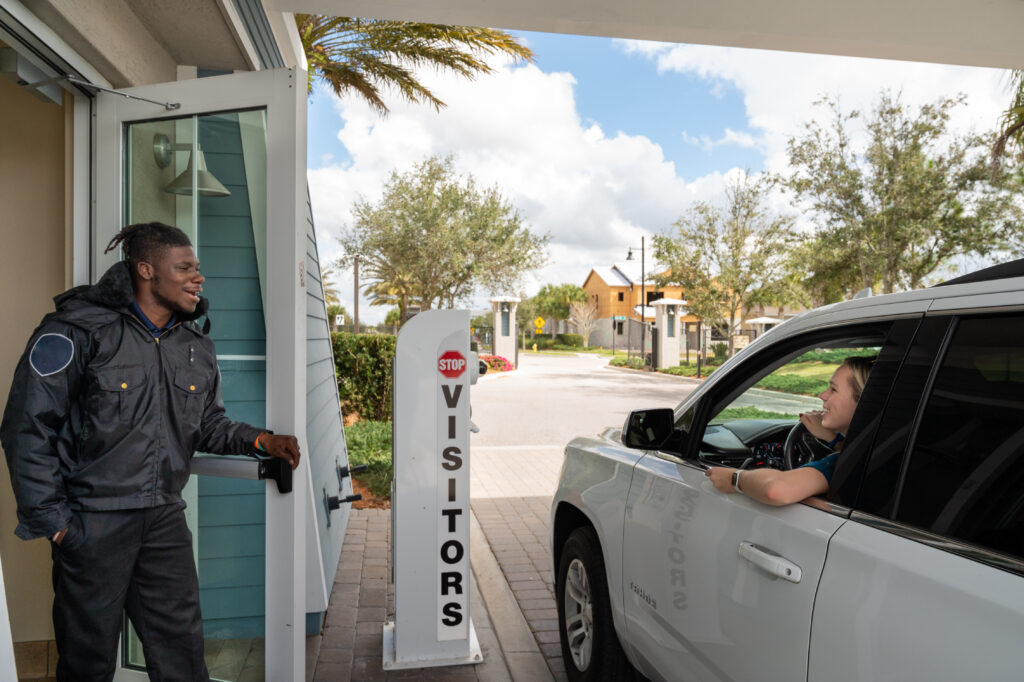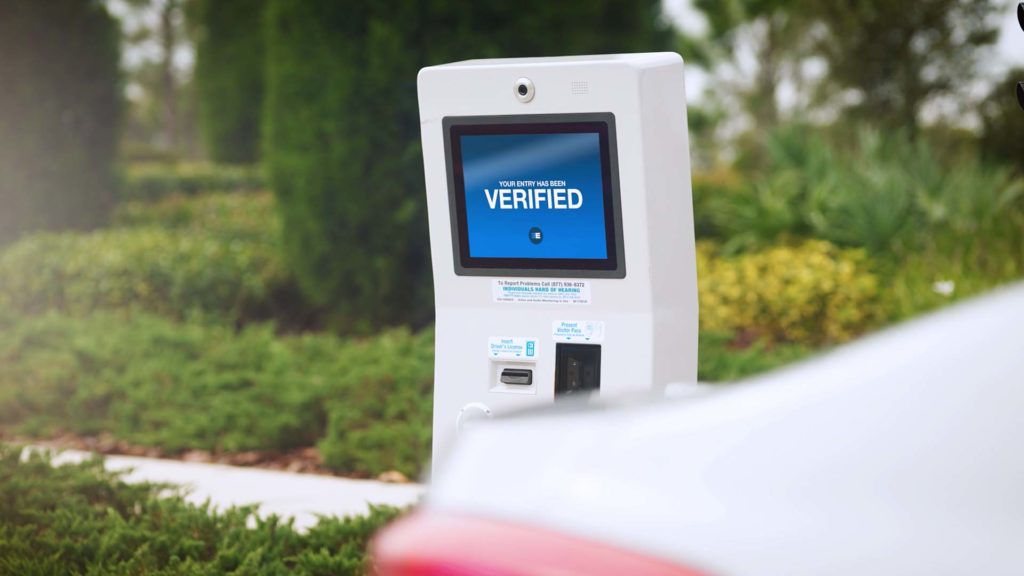What is the Difference between a Proactive and Reactive Video Surveillance System?
Camera surveillance is one of the most widely used practices in security. Closed-circuit television, or CCTV, is commonly used to deter crimes, capture information in case of an incident and provide evidence when necessary. Today, these camera systems have become more proactive as opposed to reactive. So, what’s the difference between a passive and an active surveillance camera system, and how do you know when to use the right one?

A surveillance system that is classified as passive continuously records an area. If an incident occurs, that information is captured, and it can be recalled and sorted through. It is the right asset for certain areas of a community. For instance, if a community’s entrance is not gated, a passive surveillance system can record the entrance area in case of an incident. In addition, some passive cameras can capture license plates so that vehicle owner information can be collected if there is an issue at the entrance.
While a passive surveillance system is effective for watching over an area as well as being a deterrent for crimes, it is also a reactive system. If the sight of the cameras does not stop trespassers, the community will often find the damage after it has already been done. For example, at a community pool, the furniture may be broken or thrown around. When possible, it is better to try to stop vandalism from happening in certain areas of a community with a preventative solution.
An active surveillance system uses megapixel cameras with military-grade analytics that can detect movement within a defined area. The video analytics create a colored box around an intruder who passes over an invisible perimeter. This “trip” line works well around amenities at communities, especially pools, parks, and sports courts.
With this technology, environmental factors are not as much of an issue as they are with video motion technology. With video analytics, when a person or group of people cross the perimeter during set hours, an alarm is triggered. That alarm can alert a person or remote central station with licensed virtual guards.
With an active system, the one-way video and two-way audio components allow a remote guard to voice down to the intruder without being intimidated. This allows the guard to communicate with the person or group, and let them know that the area is closed and they need to leave immediately. By catching the intruders instantly, this proactive approach stops the trespassers before vandalism occurs. If necessary, the guards can dispatch the authorities if the intruders do not comply with the voice-downs to leave.
A proactive surveillance system, or active video surveillance, cuts down on the need for communities to require video to be recorded for long periods of time without monitoring in specific areas. This technology also reduces the amount of false alarms that on-site guards and authorities respond to. Plus, when an alarm is confirmed, authorities are more likely to respond quickly when they are needed.
Because every community is unique and has specific security needs, it is best to determine the right solution for certain areas. A passive video surveillance system works best in an area that cannot be closed but should still be monitored. For example, a community entrance that is not gated or a trash area that may need to be accessed by residents at all times. Although a passive system is not actively monitored, it is still important to have for reference in those areas of a community. However, in an area that can be closed and is likely to have trespassers, active video surveillance is more likely to solve any problems. This can stop intruders from vandalizing a clubhouse or swimming in a pool after hours, increasing the safety of the area and potentially saving the community damage costs.
If you have security questions or concerns, please email ask@enverasystems.com.
You can read the complete issue and original article here: FLCAJ – April
You can also download the article here.

